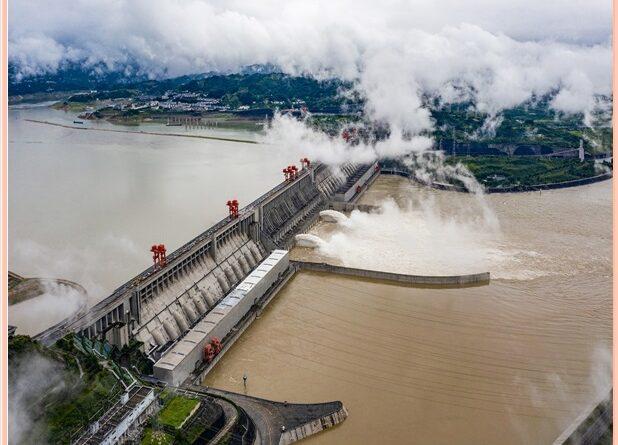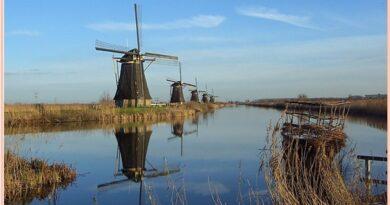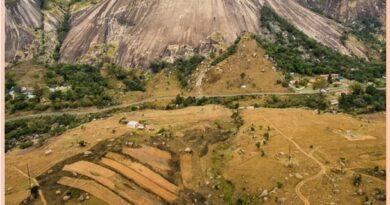What are Dam and Their Type
A dam is a hydraulic structure of impervious material built across a river or stream to create a reservoir on its upstream side for storing water for various purposes. These pur[ose may be irrigation, hydropower, Water-supply, flood control, navigation, fishing, and recreation.
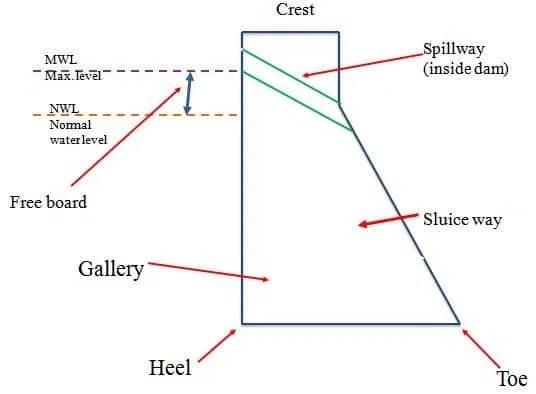
Classification Based on Construction Material used for a Dam
Masonry Dam
Masonry dams are built using either stone masonry or brick masonry. Cement mortar is used to join the masonry blocks. Gravity dams, arch dams, etc. are examples of masonry dams. Any dam constructed mainly of stone, brick, or concrete blocks joined with mortar. A dam having only a masonry facing should not be referred to as a masonry dam.

Concrete Dam
Concrete is the most commonly used material to construct a dam. Most of the major dams in the world are built using concrete. Gravity dams, arch dams, Buttress dams, etc. can be constructed using concrete.
Earthen Dam
Earthen dams are made of ordinary soil which is cheaply available. This type of dam is suitable where the foundation soil is very weak and not strong enough to carry the weight of the masonry dam. Since it is constructed using soil the cost of construction is very less compared to a rigid type dam.
Rock Fill Dam
Rockfill dams are constructed using rocks and boulders. The upstream side of the dam is built with dry rubble masonry and a loose rockfill is provided on the downstream side. A reinforced concrete slab layer is also provided on the upstream side to make it watertight. It is more stable than earthen dams and its flexible nature helps it better against earthquake forces.
Classification Based on Structure and Design
Arch Dam
A concrete or masonry dam is curved upstream so as to transmit the major part of the water load to the abutments. it is curved in plan with its convex upstream. Various forces coming onto the dam are resisted by its arch action. It is constructed using masonry or concrete but requires less material compared to a gravity dam. So, abutments must be stronger, and generally natural formations like hills are used as abutments. Arch dams are generally preferred for narrow valleys. An arch dam is economical when the length of the dam is less than its height. So, this type of dam can be built up to greater heights.
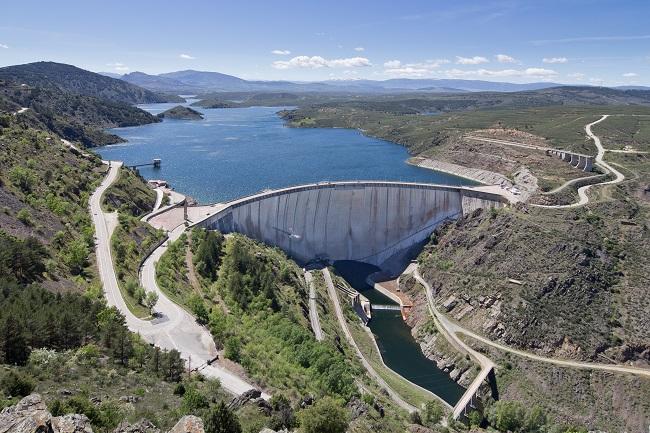
Buttress Dam
A buttress dam contains a face slab, buttresses, and base slab. Face slab is provided on the upstream side with some inclination and this slab is supported by a series of buttresses which are nothing but supports. The base slab acts as a foundation for the whole dam which receives the load from the buttresses and face slab. The buttress dam is either straight or curved in plan. Greater the height of the dam higher the number of buttresses. This type of dam is preferred where the foundation soil is very weak. The space available between the buttresses can be used for several purposes like water treatment plant installation, power plant installation, etc.
Also, read- Crystallography-Common Crystal System and Mineral Habits
Gravity Dam
A Gravity dam is a structure that resists the external forces by its own weight or self-weight. Gravity dams are generally constructed by using masonry or concrete. Various external forces like water pressure, uplift pressure, wave pressure, ice pressure, earthquake pressure, etc. are resisted by its self-weight only which acts vertically downwards. So, a good foundation is required to construct a gravity dam preferably with rocky strata under the dam. The shape of cross-section of the gravity dam is approximately triangular in shape. An infiltration gallery can be provided within the dam to resist uplift pressure. The failure of the gravity dam may occur due to sliding, overturning, or crushing at the toe. Hence, a higher factor of safety is recommended for the design of a gravity dam.
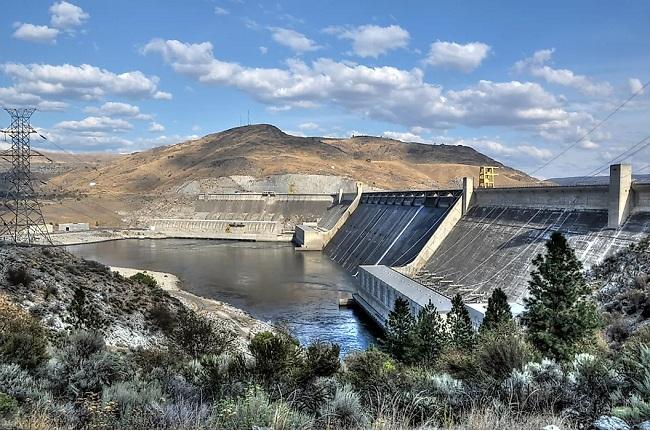
Embankment Dam
An embankment dam is a large, artificial dam that is constructed with natural excavated materials or industrial waste materials, such as compacted plastics, and various compositions of soil, sand, rock, and clay. Embankment dams are water impounding structures. These are flexible structures that can deform slightly to conform to the deflection of the foundation. An embankment dam is primarily made out of earth and rock fragments. Thus, the term embankment encompasses both earth and rock-fill dams.
Earth dam. An embankment dam in which more than 50 percent of the total volume is formed of compacted earth material generally smaller than 3-inch size.
Hydraulic fill dam. An embankment dam is constructed of materials, often dredged, which are conveyed and placed by suspension in flowing water.
Rockfill dam. An embankment dam in which more than 50 percent of the total volume is composed of compacted or dumped cobbles, boulders, rock fragments, or quarried rock generally larger than 3-inch size.
Other Types of the dam
Cofferdam
A cofferdam is a temporary, portable dam used for a variety of projects including bridge repair, shoreline restoration, pipeline installation, and many other construction projects. A cofferdam is used to close off some or all of a construction area. Cofferdams are is made from high-grade industrial vinyl coated polyester and can be used on all terrain and in any condition. They are reusable and compact for transportation.
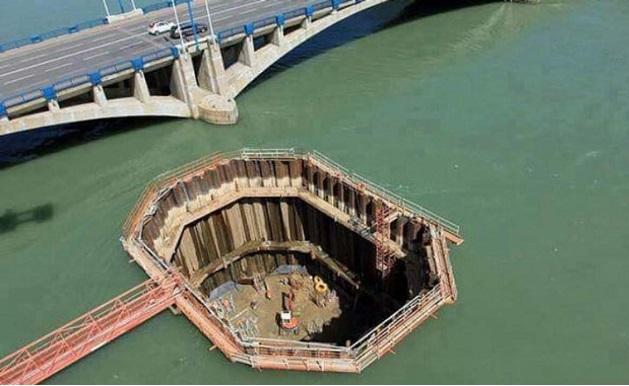
Industrial Waste Dam
An embankment dam is usually built in stages, creates storage for the disposal of waste products from an industrial process. The waste products are conveyed as fine material suspended in water to the reservoir impounded by the embankment. The embankment may be built of conventional materials but sometimes incorporates suitable waste products. Mine tailings dam. An industrial waste dam in which the waste materials come from mining operations or mineral processing.
Hydropower Dam
Hydro-power dam is used to generate electricity by rotating turbines with the help of water falling from the upstream side to the downstream side of the dam.
Sources-Wikipedia.org, ussdams.org, dailycivil.com
